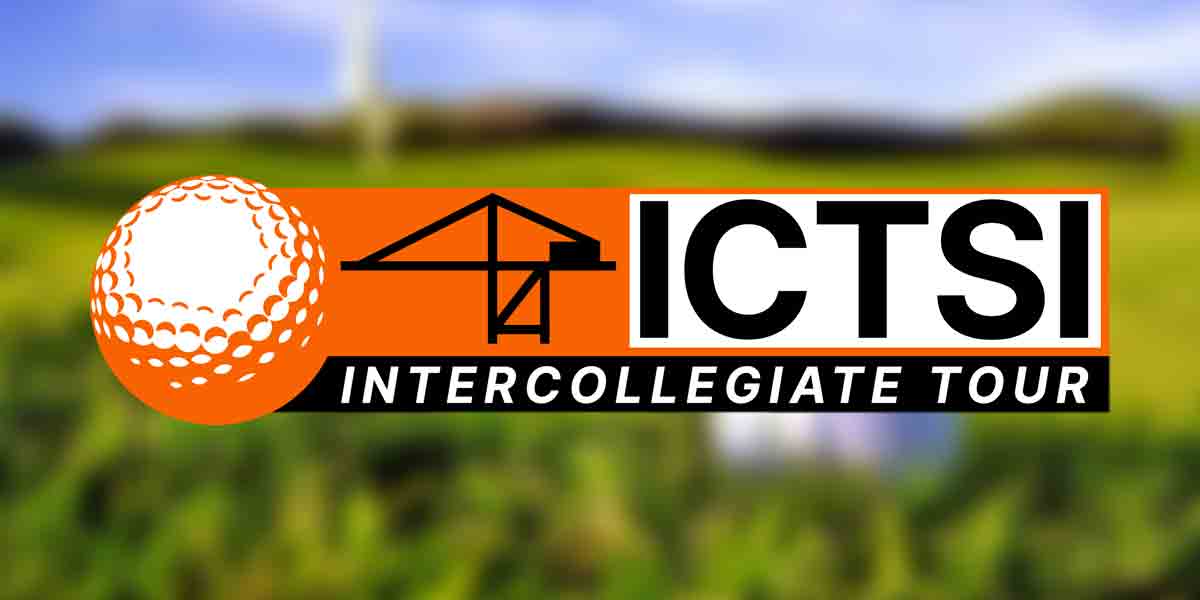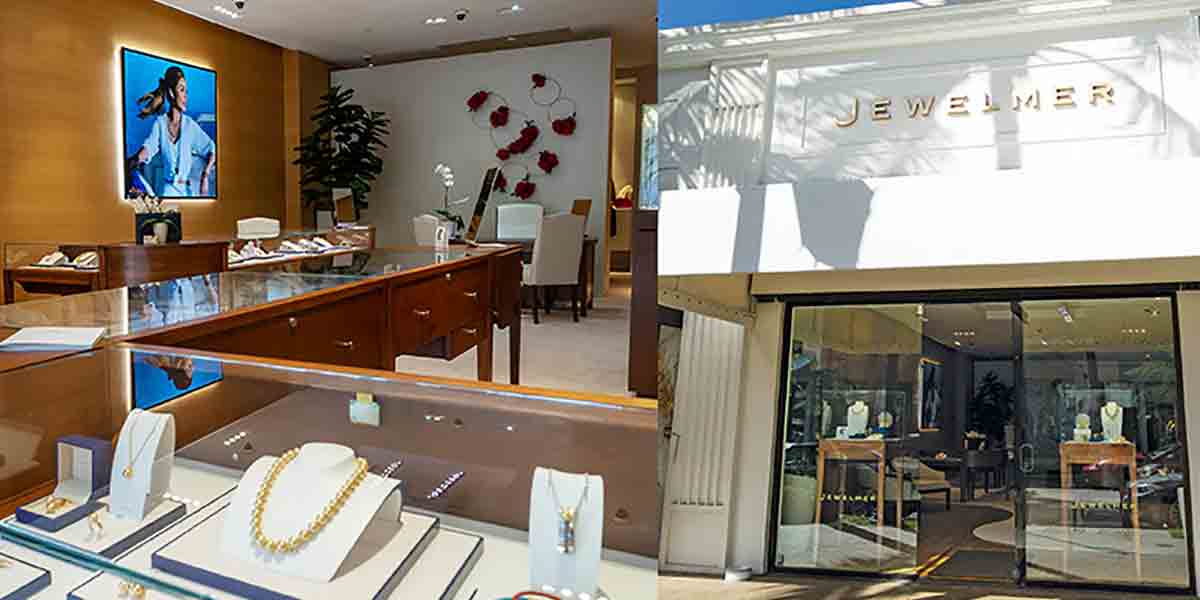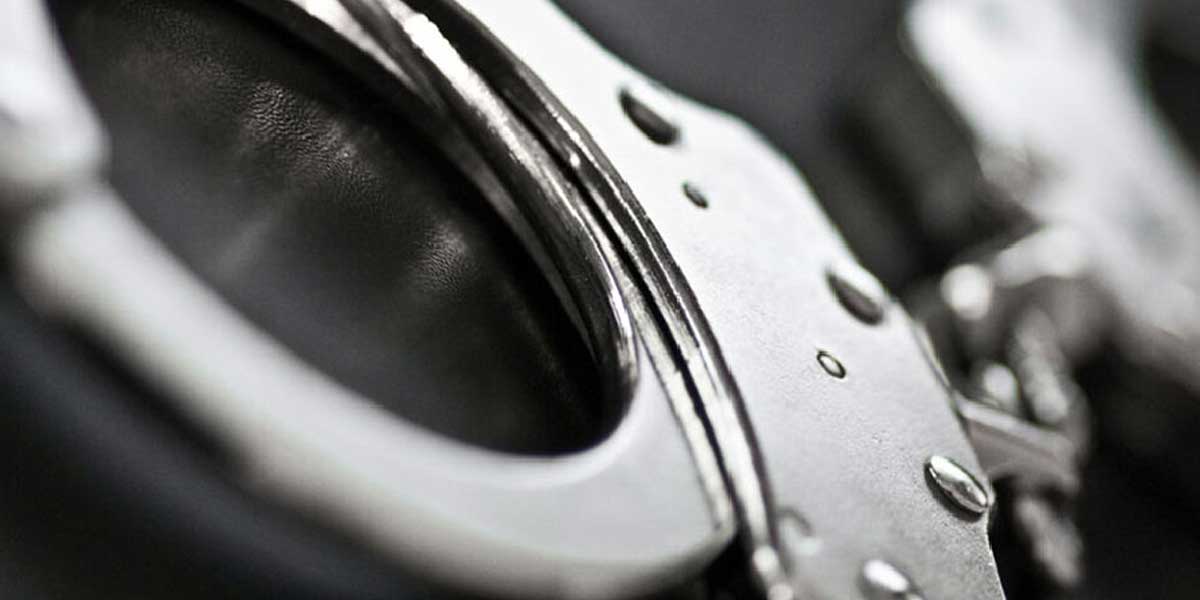Many hailed the entry of a new telecommunications firm as the path to democratizing and expanding the reach of the internet to rural areas.
But legacy or old phone units could prove to be a stumbling block to Dito Telecommunity Corp’s serving the rural areas where it chose to roll out its services.
Democracy.net.ph, an information and communication technology (ICT) advocacy group tasked by the Senate public services committee to further assess the Dennis Uy-led telco, raised the concern when the telco went online last March 8.
“(The) feature phone market in the Philippines is still very high especially used by (classes) D and E, or our kababayans that run on 2G frequency. I’m surprised Dito Telecommunity restricted their list (of compatible phones),” according to Pierre Galla, engineer and co-founder of Democracy.net.ph, as reported by the Philippine Star.
Legacy phones utilize older systems and are unlikely to accept a Dito SIM card which runs on 4G or 5G signal.
This was the strategy that Dito adopted before its launch to create an impression that it has superior services compared to rival firms Globe Telecom Inc. and PLDT Inc.
According to the PhilStar report, “it appears, the tack has its own downside, particularly losing a potential market share in poorer Filipinos who do not have access to the latest smartphones.”
“In that segment of the population, feature models like Nokia 3310 and 3210 are typically used, including by small firms like sari-sari stores for their loading or mobile remittance business. It was an obvious problem pointed out repeatedly by reporters during monthly briefings with Dito officials. In those instances, Dito would only express optimism, counting on better service to prompt end-users to upgrade their phones.”
Galla estimated that at least 60 percent of Filipinos continue to use legacy phones. Data from Statista, another data provider, put local smartphone penetration at just 57.6% of the population in 2019, although that number likely already went up last year.
Dito has released an initial list of 68 phone models where its SIM cards would work and plans to update the same. The list includes the latest models of Korean phone Samsung, as well as China’s Huawei Technologies Group Co. Ltd. Local brands MyPhone and Cherry Mobile were likewise named.
Dito chose to start business in Visayas and Mindanao, going online in 15 areas including urban centers, Cebu and Davao. While in these major cities economic development may be closer to the level of Metro Manila, poorer rural areas which Dito targets to capture may be unable to afford to buy smartphones and avail of their services.
As it is, Dito has so far not yet offered a plan that bundles a phone and its SIM card that alone costs P199.
But Dito clarified that those who own handsets which are not included in the initial list of compatible phone models it released can still enjoy its network services.
Dito chief technology officer Rodolfo Santiago explained that the initial list only means that “those models have undergone a collaborative test of their compatibility to our network.”
“Those [models] not in the list does not necessarily mean that they are not compatible. It just means that models not in the list have not undergone a collaborative compatibility test with our networks,” Santiago said. (With a report from PhilStar)






















